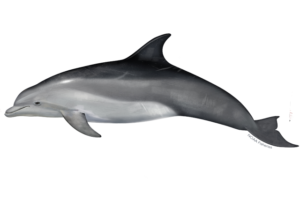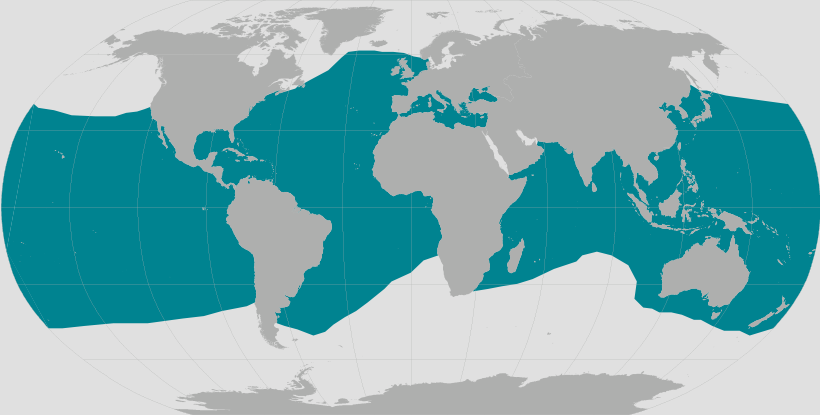Common bottlenose dolphins are found throughout the world in both offshore and coastal waters, including harbors, bays, gulfs, and estuaries of temperate and tropical waters. They are one of the most well-studied marine mammals in the wild. In addition, they are easy to view in the wild because they live close to shore and are distributed throughout coastal and estuarine waters. But this puts bottlenose dolphins at increased risk of human-related injuries and death. They are a highly intelligent species and use sound both for communication and to hunt for food.

Bottlenose dolphins in the United States are not endangered or threatened under the Endangered Species Act (ESA), but they are protected under the Marine Mammal Protection Act (MMPA). They are vulnerable to many stressors and threats including disease, biotoxins, pollution, habitat alteration including freshwater incursions, vessel strikes, human feeding of and activities causing harassment, interactions with commercial and recreational fishing, energy exploration and oil spills, and other types of human disturbance (such as underwater noise).

- COMMON NAME: Common Bottlenose Dolphin
- SCIENTIFIC NAME: Tursiops truncatus
- TYPE: Mammals
- DIET: Carnivore
- GROUP NAME: Pod
- AVERAGE LIFE SPAN IN THE WILD: 45 to 50 years
- SIZE: 10 to 14 feet
- WEIGHT: 1,100 pounds
Information & Images “Courtesy: NOAA Fisheries”

